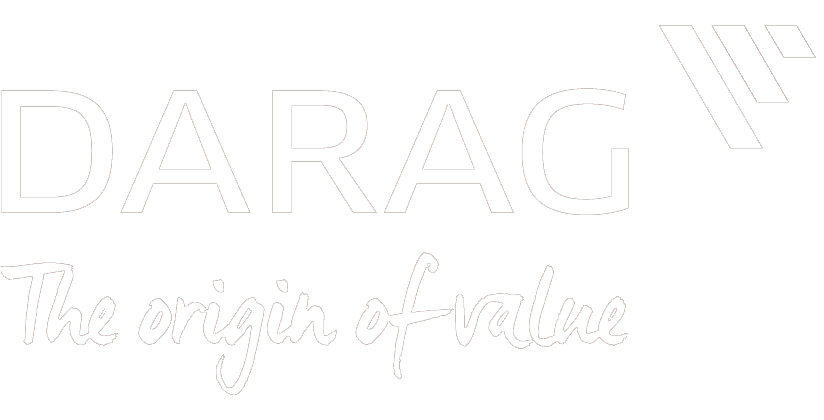People often have multiple responsibilities as part of their roles, and achieving these means being able to switch between one task or thought and another by developing cognitive flexibility.
Being able to do this quickly and efficiently can give individuals huge benefits. As well as being able to manage priorities and time they will also have greater opportunities for linking concepts and ideas to generate creative ideas.
Learning objectives
- Develop strategies to speed up ‘switch-tasking’ (as opposed to multi-tasking)
- Learn ways to ‘lock down’ thoughts so they don’t get lost
- Be able to link ideas together to generate creative ideas
- Model excellence from those who work in a scatter rather than linear pattern
Webinar outline
Designed as a highly interactive 90-minute webinar.
1. Welcome, agenda, overview
- Who struggles to switch from one task to another?
- If someone interrupts you when you’re doing something, can it be tough to go back to what you’re doing?
- Many of us will experience this in different situations
- Individuals share their experiences in ‘chat’
- Welcome, objectives, agenda
2. What is cognitive flexibility?
- Flexibility v rigidity
- How the brain works and how cognitive flexibility sits as part of executive functioning
- The flexibility comes both in how you approach tasks and how you handle ideas and creativity
3. The ‘multi-tasking’ myth
- You’ll often hear people proclaim that they’re great at ‘multi-tasking’. Recent studies in neuroscience show this to be a myth. Your brain actually switches tasks quickly between one thing and the next
- Switch tasking (or cognitive switching) can be beneficial for when you have competing priorities at the same time but it can actually take up more time in the long run
- Fun activity to highlight the difference between task focus and switch-tasking
- How to model excellence for those who use a ‘scatter’ rather than a ‘linear’ approach
4. Building focus-flexibility
- Strategies for adapting when you have to suddenly switch direction
- Locking down ideas using mental or physical note-taking, the idea of ‘mental bookmarks’ to allow you to go back to where you were
- Participants are given a task to complete which takes focus, part way through the facilitator switches them to another task
- They do this several times to practise using the new techniques
5. Building agility and creativity
- Strategies for being able to adapt to new situations and to approach ideas with new solutions with creative ideas
- How building agility is like using a muscle, practising in daily life can give you the flexibility when you need it
- Facilitator shares practical examples and tools to build your creativity and agility in daily life
- How creativity can be seen in processes as well as the more well-known artistic areas and agility is possible for all people
6. Action plans and next steps
- Participants reflect on their next steps and how they will implement their learning in the workplace
- Each person makes a commitment for what they will do differently in a group whiteboard which can be circulated to participants following the session as a reminder of their actions




